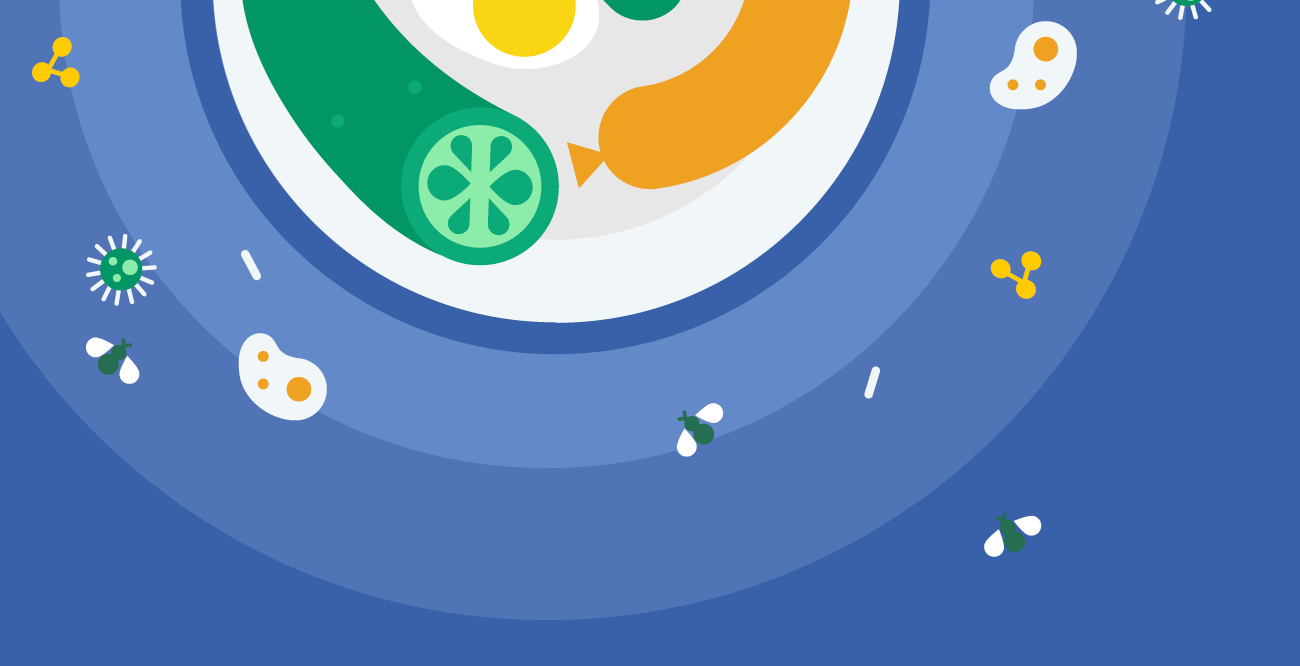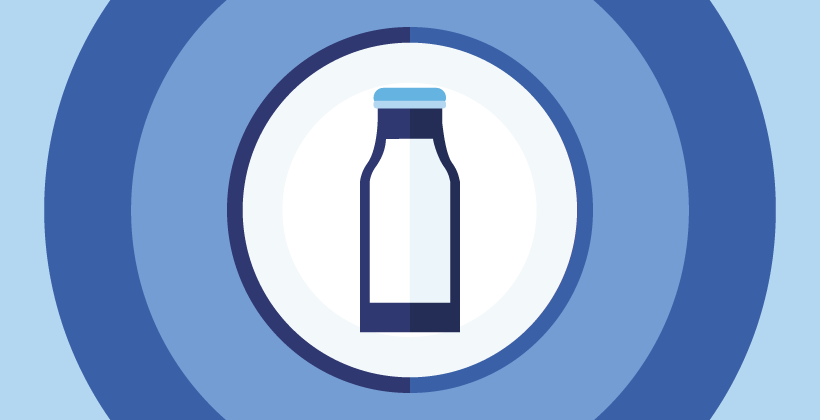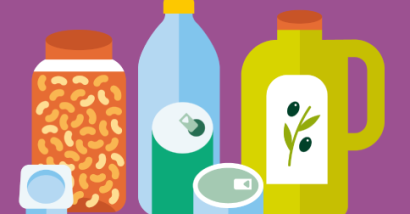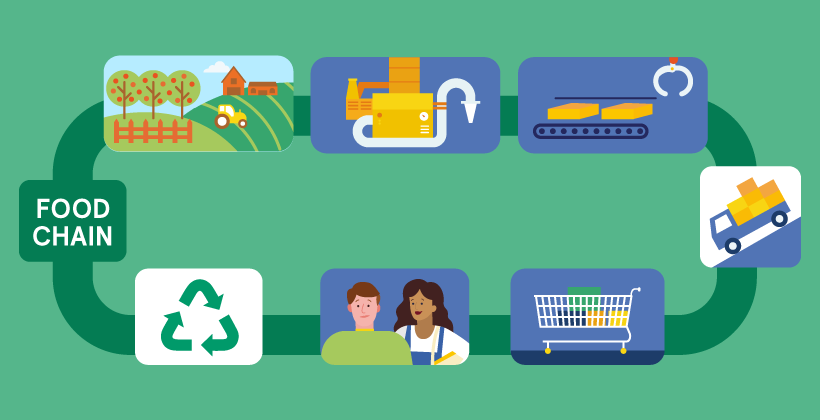The safety of bottled water
Last Updated : 03 March 2015Regardless of whether drinking water comes through a tap or from a bottle, its safety is of primary importance. Bottled water manufacturers must ensure that the water they produce and pack meet strict quality and safety standards.
Introduction
The majority of bottled water in Europe comes from ground water sources e.g. natural mineral and springs waters, which is packaged in sealed plastic or glass containers.1 This differs from tap water in Europe, the majority of which comes from surface sources (e.g. rivers and lakes) and requires treatment to ensure its microbiological and chemical safety.2-3
What legislation covers bottled water?
In the European Union all food businesses producing bottled waters are subject to compliance with Regulation 852/2004/EC on the hygiene of foodstuffs.4 Additionally, bottled water is covered by other legislation which outline definitions of the various categories of bottled water, their extraction, treatment, safety requirements, sale, labelling and packaging.5-7
What types of water can be bottled?
There are three types of water which can be bottled: natural mineral water, spring water and all other drinking water.
Natural mineral water is protected from pollution and is microbiologically safe. It is distinguished from other drinking water by its stable mineral and trace element content. In the EU, very limited treatments are permitted for natural water; one commonly used treatment is the addition of carbon dioxide to make ‘sparkling’ water.5 Before water can be officially recognised as natural mineral water, certain information about the source and the water itself must be supplied to the relevant authority (e.g. It must be demonstrated that the composition of the water remains stable). A list of all natural mineral waters recognised in Europe is published on the European Union website.8
The term ‘spring water’ refers to water from an underground source which is microbiologically safe without treatment. Spring water must satisfy many of the same conditions for mineral water regarding source protection (i.e. protecting the source against the risks of pollution), labelling and treatment. However, spring water does not have to meet the requirement for a stable and characteristic mineral composition as is the case for natural mineral waters.5-6
Other drinking water is the description given to bottled water that is not spring water or natural mineral water. This drinking water comes from various sources including surface waters or tap water. Treatment is permitted which results in the water achieving the microbiological and compositional requirements of the regulations.3
How do manufaturers ensure safety?
It is important that manufactures take all necessary precautions to ensure the safety of the water they bottle regardless of its source.4 Good manufacturing and hygiene practices include:
- protecting the water source from external contamination prior to bottling;
- protecting bottled drinking water during distribution and storage;
- complying with all legal requirements for bottled water including labelling.
The Codex Alimentarius has published a number of codes of good practice which are relevant to manufacturers of bottled water and are available from their website.9
Is bottled water suitable for infants or people with specific health conditions?
Bottled water is not recommended for use with infant formula feeds as it may contain too much salt (sodium) or sulphate. Some bottled waters have sufficiently low levels (i.e. less than 200 mg sodium and less than 250 mg sulphate per/liter of water) and are labelled as suitable for the preparation of infant food. The water should be still (not sparkling). Regardless of whether it is from a tap or bottle, the water needs to be boiled before using it in infant formula.10
Patients with kidney disease may need to pay attention to the mineral content on the product label and should follow personal medical advice from a qualified health professional.
Conclusion - bottled water or tap water?
Health issues associated with drinking water whether bottled or from the tap are rare in Europe as the standards of water quality, production and packaging are high. In studies from the UK and France, consumers’ taste preferences were the main driving factor in their choice to consume tap or bottled water.11-12 Hence, generally it is a matter of personal choice as to whether or not one consumes water from a tap or bottle.
References
- Reimann C & Birke M (eds.) (2010).Geochemistry of European Bottled Water. Stuttgart, Germany: Borntraeger Science Publishers.
- EUFIC (2015). Use of water in food production. Food Today n° 96
- Directive 98/83/EC on the quality of water intended for human consumption.
- Regulation (EC) No 852/2004 on the hygiene of foodstuffs.
- Directive 2009/54/EC on the exploitation and marketing of natural mineral waters.
- Directive 2003/40/EC establishing the list, concentration limits and labelling requirements for the constituents of natural mineral waters and the conditions for using ozone-enriched air for the treatment of natural mineral waters and spring waters.
- Regulations (EC) No 115/2010 laying down the conditions for use of activated alumina for the removal of fluoride from natural mineral waters and spring waters.
- European Commission (2015). List of Natural Mineral Waters Recognised by Member States, last updated 18 September 2015.
- WHO & FAO (2007). Codex Alimentarious Waters (1st Edition).
- NHS (2014). Formula feeding. How to feed your baby safely. Edinburgh, Scotland: NHS Health Scotland.
- IFEN (Institut Francais de L’Environnement) (2000). La préoccupation des français pour la qualité de l’eau. Les Donneés de L’Environnement 57:1–4.
- Ward LA et al. (2009). Health beliefs about bottled water: a qualitative study. BMC Public Health 9:196.



